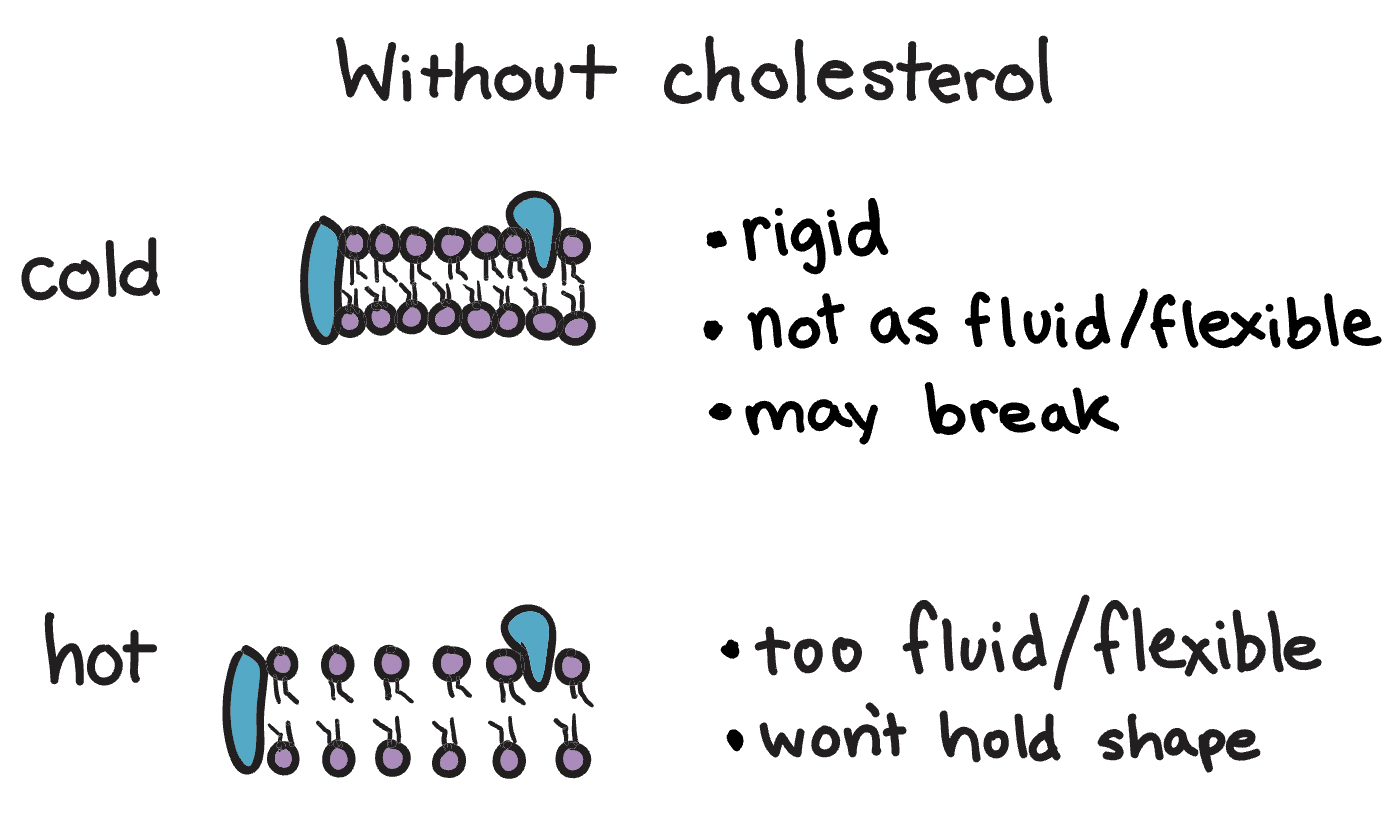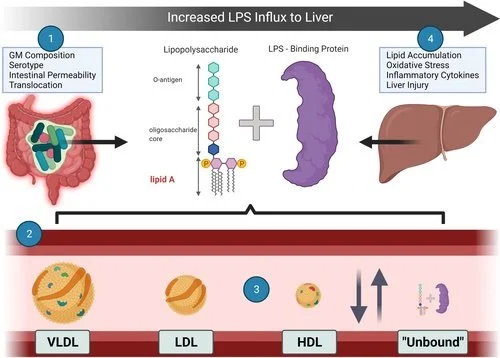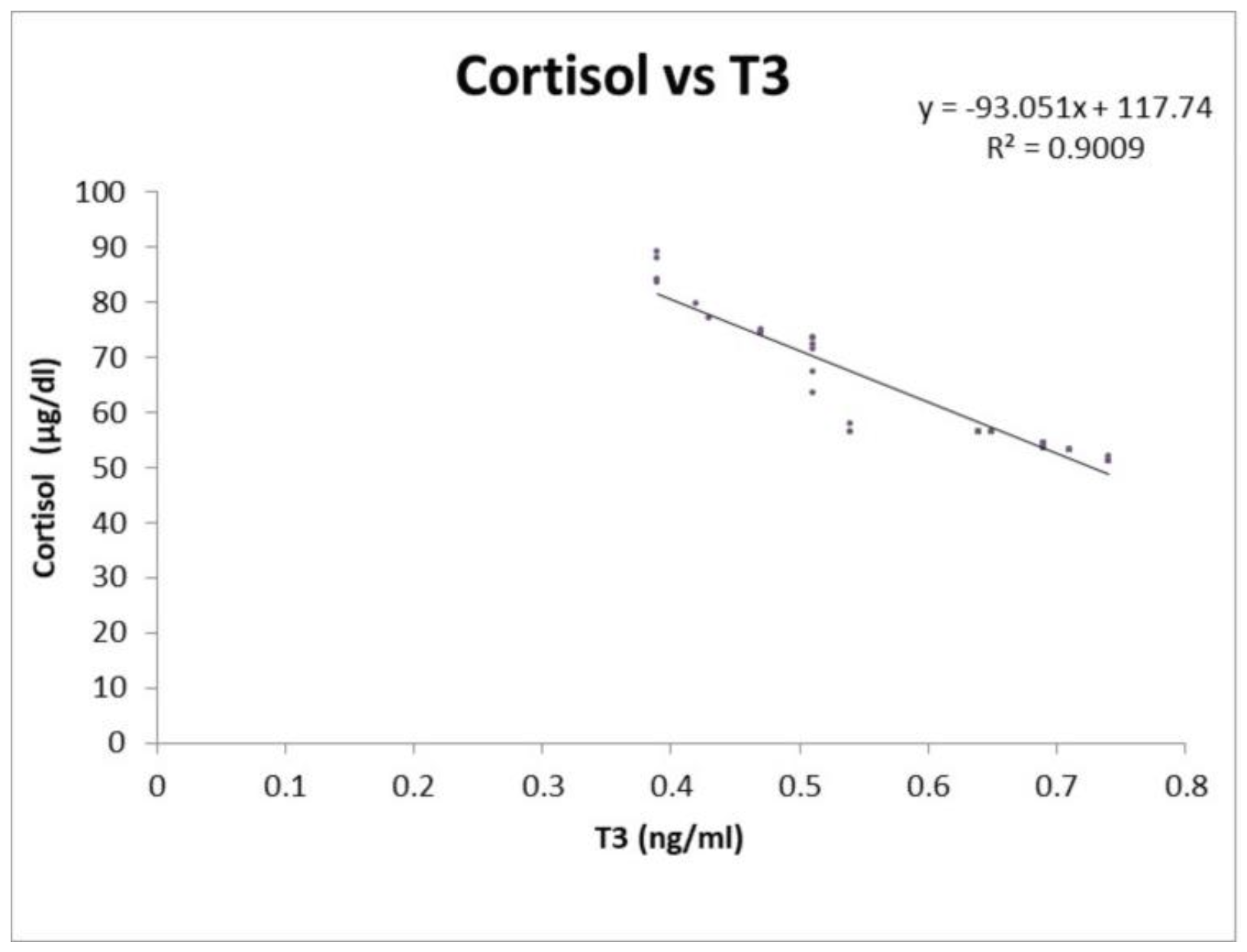Demystifying Macronutrients
Creating a diet based around bioenergetic principles requires a deeper understanding of macronutrients (and micros). In today’s article I’ll discuss the three macronutrients, their main purposes and constructing a pro-metabolic macro split that maximizes energy production and minimizes stress.
TLDR:
Dietary protein is meant for structure, not energy. There is an upper and lower limit to protein intake to meet your activity level needs.
Fats have multiple purposes which include hormone production, bile production, backup energy and for muscle tissue at rest.
Carbohydrates are meant to be the primary energy source. Finding your easiest to digest carbs is the hardest part.
When comparing carbs and fats for energy production - NAD/NADH ratio, higher CO2, higher youth hormones like T/DHT/Pg/DHEA/Pregnenolone - carbs win.
A healthy pro-metabolic macro split generally looks like 50% carb, 25% protein, 25% fat titrating up the carbs and fats as your BMR increases.
Protein's main role is structural used for building and repairing tissues. Proteins form the contractile fibers in muscles which include both skeletal and smooth muscle. Collagen and elastin are key structural proteins in skin, tendons, and ligaments.. Proteins provide the organic matrix for bone formation and are essential components of cartilage. Hair and nails are primarily composed of the protein keratin. Protein-based enzymes catalyze virtually all chemical reactions in the body. Antibodies are proteins. There are many transport proteins like hemoglobin, lipid carrying proteins (ldl-c, etc) and hormone carrying proteins like thyroid binding globulin. The receptors and channels embedded in cell membranes are made from proteins. Your need for protein depends on your activity level and ranges from .73-.82g/lb of bodyweight (unless overweight). There is consistent research stating that there is no benefit over .82g/lb and going over this can potentially create problems with nitrogen excretion, especially if you have kidney issues.
Sometimes you’ll hear the argument that protein can be used as an energy source and this is true. However, from a pro-metabolic standpoint, you’ll want to minimize this process. Gluconeogenesis, converting protein into glucose, primarily occurs during fasting or when carbohydrate intake is insufficient. Gluconeogenesis is regulated by stress hormones, particularly glucocorticoids like cortisol. As I mentioned last week, minimizing cortisol and other stress hormones is part of increasing your metabolic rate. The same cortisol that’s released from an argument with your spouse or an overbooked, time-scarcity schedule is released when there’s too little carbohydrate in your diet. Gluconeogenesis is an emergency power supply, not the primary one.
Low carb advocates state that after three weeks of low carb dieting cortisol will normalize and this is also true. But, glucagon and lipolysis (primarily using fat for fuel) will remain high. Post-exercise cortisol remains more elevated on low-carbohydrate diets, especially after exercise ≥20 min. Also remember, the higher the cortisol, the lower testosterone and progesterone will be. Not only are cortisol and glucagon considered stress hormones in bioenergetics, they also lower thyroid function which in turns slows down metabolic rate.
Lipids (fats and cholesterol) are essential for the production and regulation of hormones. For example, cholesterol is a precursor for steroid hormones, and adipose tissue secretes leptin, which regulates appetite. Lipids, specifically cholesterol, are used to produce bile salts, which are crucial for fat digestion and absorption in the small intestine.
From an fuel standpoint, fats provide 9 calories per gram (compared to 4 calories/gram of carbohydrate and protein). They function primarily as the body's backup energy reserves, especially during periods of fasting or low food intake. Lipids are used as an energy source for all muscle types during rest and low-intensity activities. About half of the fuel your body needs when at rest comes from fat. Additionally phospholipids are essential components of cell membranes and are key to brain structure and function, forming nerve cell membranes and insulating neurons.
Fat is necessary for the absorption of fat-soluble vitamins (A, D, E, and K). Animal fats carry A, D, and K2 albeit in different amounts. Vitamin E is naturally carried in plant PUFA (to protect against lipid peroxidation).
Studies have demonstrated that approximately 50-60% of dietary cholesterol is absorbed in the small intestine. The absorption process involves several steps, including the recently discovered role of Aster proteins in facilitating cholesterol transport within intestinal cells. The liver synthesizes about 1000-1500 mg of cholesterol daily and another 1000-1500mg is produced by peripheral cells, but this amount is adjusted based on dietary intake.
Plants and animals employ a process called homeoviscous adaptation to maintain proper cell membrane fluidity in response to temperature changes. This involves adjusting the balance between saturated and unsaturated fatty acids in membrane rigidity or flexibility. The management of this membrane is for cold and heat adaptation. In winter, plants produce more unsaturated fats to prevent damage from freezing and more saturated fats in high heat to prevent water loss. Animals eating those plants will follow this change as well. Cholesterol helps to complement these protective mechanisms.
As mentioned earlier, cholesterol is the substrate to make steroid hormones ie pregnenolone, testosterone, progesterone, dhea, dht, etc. Lowering your cholesterol too much, either via diet, statins or natural statins (like red yeast rice) will negatively affect these hormones.
The lipoproteins that carry cholesterol can also bind LPS, the dangerous cell membrane component of gram-negative bacteria from your gut. Elevated VLDL and LDL can be sign of leaky gut-based endotoxemia.
The major function of carbohydrates is to provide energy for bodily functions ideally going through aerobic glycolysis, the krebs cycle and then into the electron transport.
Glucose is the primary energy source for the brain and muscle during activity. Carbohydrates are fast-acting and turn into energy as soon as they are ingested.
Many cell types prefer carbohydrates as a metabolic fuel. The entire nervous system, skeletal muscle and red blood cells prefer glucose. The brain consumes about 20% of glucose-derived energy despite accounting for only 2% of body weight. Skeletal muscle is responsible for 70-90% of glucose uptake from the blood after meals.
Both skeletal muscle and the liver are the major storage sites for glucose in the form of glycogen. Skeletal muscles store about 500g of glycogen, while the liver stores about 100g. In metabolically healthy individuals, after cells get their glucose for immediate needs, it gets stored as glycogen in the liver and muscle tissue. Once glycogen stores are filled and there’s an excess of glucose, the liver convert it into triglycerides (fat storage).
Liver glycogen feeds the brain during sleep. If liver glycogen gets low during this time because of insufficient carb intake during the day, stress hormones will activate to increase blood glucose. This is the primary reason why low-carb dieters wake up at 3am - they’re low on glucose and cortisol is triggered.
The Institute of Medicine established a Recommended Dietary Allowance (RDA) of 130 grams of carbohydrates per day for adults, based on the estimated average glucose utilization by the brain. The exact amount of glucose required by the brain is based on body size, activity level, and metabolic state. If you’re mentally active its safe to assume its 150g. In the absence of sufficient carbohydrates, the brain can use ketones for up to 70% of its energy needs. The liver can produce the remaining 30% through gluconeogenesis. Again, in order for the liver to make the ketones and glucose it needs epinephrine, norepinephrine, cortisol and glucagon.
In the absence of carbohydrates, fat oxidation lowers thyroid function which in turn throttles down mitochondrial respiration to accomodate the starvation state. During fasting and low carb dieting, there's typically a decrease in serum T3 levels and an increase in reverse T3, which leads to a reduction in metabolic rate. It has been known since the 1970s that carb restriction lowers thyroid function.
Glucose metabolism maintains a higher NAD+/NADH ratio compared to fat metabolism. A high NAD+/NADH ratio generally indicates a cellular environment favoring oxidative reactions, necessary for responding to increased energy demands. For more on this see my article on reductive stress.
Carbohydrate metabolism produces about 50% more CO2 compared to fat metabolism. This is crucial because CO2 is the body’s primary vasodilator, is necessary in proper amounts to facilitate oxygen delivery into cells, regulates pH, and relaxes smooth muscle (arterial system), among many other things.
Glucose metabolism generates less ROS than fatty acid metabolism.
On top of this, sex hormone problems are one of the most consistently reported issues on a low carb diet.
Most adults need 200-350g of carbs per day.
Based on the points discussed here we want pro-metabolic macro split that focuses on increasing energy production while minimizing cortisol (and other stress hormones). This template would optimize glucose oxidation, ATP, NAD and CO2 levels and would titrate up carbs and fats as your BMR increases. Of course the food composition of these macros matters.
Here’s the general template:
Regeneratively grown/raised, home grown, clean, chemical-free food
50% carbohydrate, 25% protein and 25% fat (as a starting point)
Fats that are predominately saturated, very little polyunsaturated
Animal-based protein composition that includes about 30% collagen/bone broth/gelatin. The glycine in collagen extends life.
Carbohydrates that are easy to digest. Natural sugars like fruit, fruit juice, dried fruit, honey and maple syrup or starches like tubers, roots, squashes and white rice. Finding the right carbs requires the most experimentation as everyone’s gut has different sensitivities.
Next week I’ll walk you through how to specifically calculate the macros to the gram, how your body uses calories and how to track it all.
To your health,
Jonathan
This is for informational purposes only and should not replace professional medical advice. Consult with your physician or other health care professional if you have any concerns or questions about your health.








